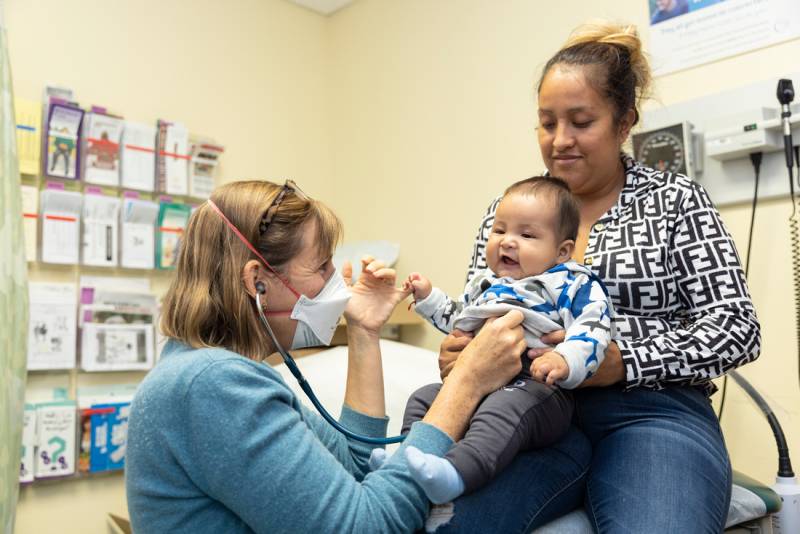The information, which was largely compiled using survey data from clinic workers who were asked what they wish they knew about treating patients during natural disasters, is available as a series of downloadable PDFs at the toolkit website.
The first reference materials, which were released this summer, focused on helping facilities, doctors and their patients successfully navigate extreme heat events. Officials recently released guides focused on wildfires, and an informational module concerning hurricanes will soon be available to all.
The effort, a collaboration of the Center for Climate, Health, and the Global Environment at the Harvard T.H. Chan School of Public Health, and the Harvard Global Health Institute, is specifically designed for use by free and charitable care health clinics. Biogen, the Massachusetts-based biotechnology company, has been a key sponsor of the project.
In future years, the designers of the toolkit hope to expand availability of the resources so they can be used by health care facilities in lower-income countries.
Designers of the toolkit said it occupies a unique position as a source of medical information that simultaneously provides resources both for those who work in hospitals and those who are treated in them. Policy manuals and communication plans are typically designed for health care administrators. Medical reference books are aimed at providers. And health care information pamphlets are usually reserved for patients. But with aspects of the toolkit designed for each of those audiences, its creators say it is distinctly able to serve all three of those groups.
“What we want to make sure we get is a crucial interface between health care systems and patients that is, potentially, uniquely able to keep people safe,” said Aaron Bernstein, director of the Harvard climate center.
Bernstein said that the information contained in the toolkit was designed with an eye toward anticipating potential issues and providing opportunities for planning and practical decision-making.
“If someone has serious medical problems and says, ‘You know, I really would like to evacuate. I just have no idea how I can do it. I don’t have a car or there’s nowhere for me to go,’” Bernstein said. “There’s a lot of folks who may not have thought as much about not only how they would and where they would evacuate to, but, again, critically, whether their medical conditions may make it so that it’s even more important for them to be proactive. And I think a provider can really underscore that.”
Being proactive is a chief concern for providers like Jessie Liu. She said the open-source nature of the toolkit — which keeps it free, adaptable and easy to access — is vital given that many of the patients she serves have lower incomes.
“In particular for our populations who are at greater risk because of their lower socioeconomic status, greater percentage of outdoor laborers, by way of being Black, brown, Native and living in communities and neighborhoods that have historically been marginalized and under-resourced, we are wanting to be able to provide culturally appropriate and easily accessible resources,” Liu said.
And the importance of providing that information goes beyond simply addressing medical concerns.
“We are the bastions of health for our communities,” Liu said. “We’re at the front lines, and patients and communities come to us. They trust us. We have to … it’s our responsibility and our role to provide that information and that guidance, especially in these natural disasters that are known to have such great impacts on human health.”
